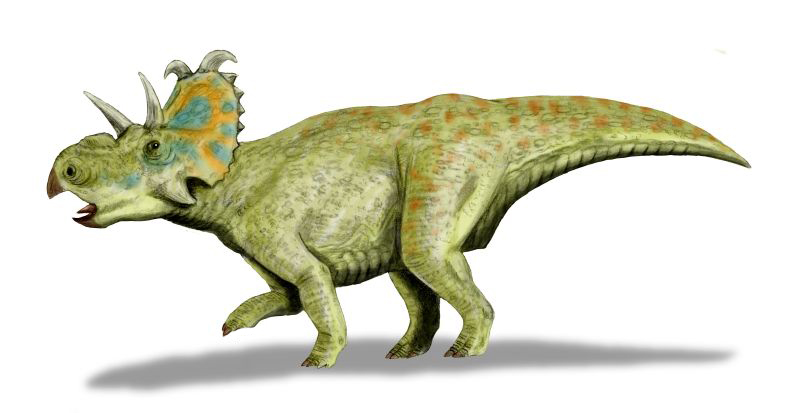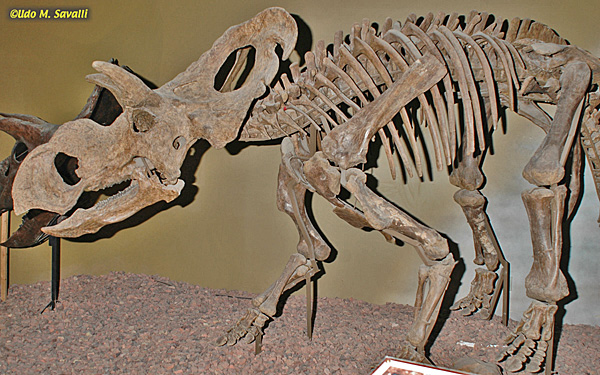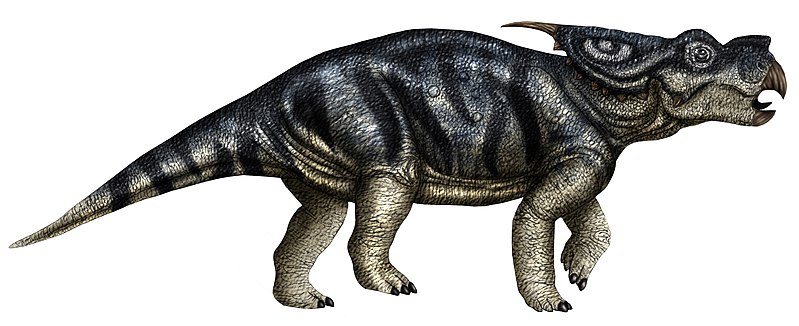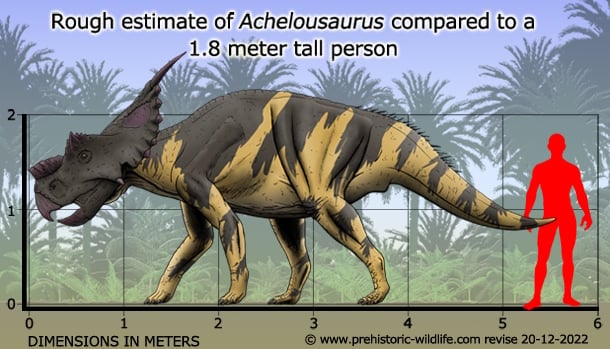[Recent Entries][Archive][Friends][User Info]
Below are the 2 most recent journal entries recorded in the "Сообщество, посвящённое ра" journal:| April 15th, 2015 | |
|---|---|
| 08:56 pm [industrialterro] [Link] |
Albertaceratops Альбертацератопс (Albertaceratops; букв. «рогатая морда из Альберты») — род птицетазовых динозавров из семейства цератопсид, живших в раннем меловом периоде (около 83,5—70,6 миллионов лет назад) на территории нынешней Северной Америки. Окаменелости динозавра были найдены на территории провинции Альберта (Канада) и штата Монтана (США). Впервые описан палеонтологом Ryan в 2007 году. Всего известно два скелета Albertaceratops. Представлен одним видом — Albertaceratops nesmoi. Albertaceratops (meaning "Alberta horned face") was a genus of centrosaurine horned dinosaur from the middle Campanian-age Upper Cretaceous Oldman Formation of Alberta, Canada. Albertaceratops is known from a single complete skull (TMP.2001.26.1) found in August 2001 and skull and postcranial fragments. This genus is unusual in combining long brow horns with an otherwise centrosaurine skull, as centrosaurines normally possess short brow horns. Over its nose was a bony ridge, and on its frill were two large outwardly-projecting hooks. A phylogenetic analysis carried out by its describer, Michael J. Ryan, found it to be the most basal centrosaurine. Additional specimens were reported from a bonebed in the Judith River Formation of Montana, which is equivalent to the Oldman Formation and differentiated only by the United States/Canadian border. However, further study showed these remains to come from a chasmosaurine, Medusaceratops. Both ceratopsids lived during the same time period, about 77.5 million years ago. The specific name, A. nesmoi, is derived from the name of Cecil Nesmo, a rancher living in Manyberries, Alberta, a town of less than 100 people located 71 km south of Medicine Hat. The rancher was thus honored in recognition of his efforts to aid fossil hunters. Репродукции (1, 2, 3, 4, 5, 6): Размеры тела в сравнении с человеком: Tags: Вымершие рептилии, Мел, авеметатарзалии, архозавроморфы, архозавры, диапсиды, динозавроморвф, динозавры, маргиноцефалии, неорнитискии, птицетазовые, центрозаврины, цераподы, цератопсиды, цератопсы |
| December 28th, 2014 | |
| 09:24 pm [industrialterro] [Link] |
Achelousaurus Ахелоузавр (Achelousaurus — «ящер Ахелоя») — род динозавров из группы цератопсов, живших в позднем меловом периоде 75—70 млн лет назад (с кампанского по маастрихский ярусы позднего мела), на территории нынешней Монтаны (США). Представлял собой четвероногого травоядного динозавра с попугаеобразным клювом, небольшими костными шишками на морде и двумя над глазницами, а также двумя рогами на вершине костистого нароста на шее. По мере роста животного костный нарост на носу увеличивался и становился направленным вперёд, а наросты над глазами становились бугристыми. Ахелоузавр достигал длины 6 метров, высоты 3,5 метра и веса в 2,5 тонны. Череп ахелоузавра достигал 1,6 метра в длину. В 1995 году палеонтолог Скотт Сэмпсон описал единственный вид этого рода — A. horneri. Видовой эпитет дан в честь Джека Хорнера, американского палеонтолога, известного своими открытиями динозавров в штате Монтана. Родовое название Achelousaurus дано в честь персонажа греческой мифологии Ахелоя — божества, в борьбе с Гераклом потерявшего один из рогов. На данный момент найдено всего три скелета ахелоузавров. The genus and the one named species (A. horneri) were both named by paleontologist Scott Sampson in 1995. The specific name honors Jack Horner, an influential American paleontologist famous for his Montana dinosaur discoveries, who in 1987 headed the team that excavated the holotype skull of Achelousaurus, MOR 485. The generic name Achelousaurus is a complex reference to Greek mythology. Achelous, an important Greek river deity, had one of his horns torn off by Hercules, in a mythological fight with the legendary hero. All three known skulls of Achelousaurus have rough bosses in the same places where other ceratopsians have horns, giving them the appearance of having had the horns ripped off. Achelous was also celebrated for his shapeshifting ability, just as Achelousaurus appear to combine features of other ceratopsian dinosaurs. Achelousaurus horneri are known from the U.S. state of Montana, in the Two Medicine Formation, which preserves sediments dated from the Campanian stage of the Late Cretaceous Period, between 83 and 74 million years ago. Achelousaurus specimens are found in the highest levels of the formation, probably closer to the end of that timeframe, 74 mya. Contemporary dinosaur species included Prosaurolophus blackfeetensis, Scolosaurus cutleri, Hypacrosaurus stebingeri, Einiosaurus procurvicornis, and tyrannosaurids of uncertain classification. Scientists have so far recovered three skulls and some postcranial material from the Two Medicine, all housed at the Museum of the Rockies in Bozeman, Montana. The skull of a full-grown Achelousaurus (including the frill horns) is over 5 feet (1.6 meters) long. Early reports suggested that Achelousaurus represented a transitional form, "Type C", between ceratopsians with modified horns like Einiosaurus, "Type B" (with which A. horneri shares two horns on the end of the frill), and the derived, hornless Pachyrhinosaurus (Horner et al., 1992). While they may or may not form a direct line of descent, all three of these genera are at least closely related, and are often united in the tribe Pachyrhinosaurini, inside the subfamily Centrosaurinae and the family Ceratopsidae (Sampson, 1995; Dodson et al., 2004). ( Read More ) Размеры тела в сравнении с человеком:
Tags: Вымершие рептилии, Мел, авеметатарзалии, архозавроморфы, архозавры, диапсиды, динозавроморфы, динозавры, маргиноцефалии, неорнитискии, птицетазовые, центрозаврины, цераподы, цератопсиды, цератопсы |

















